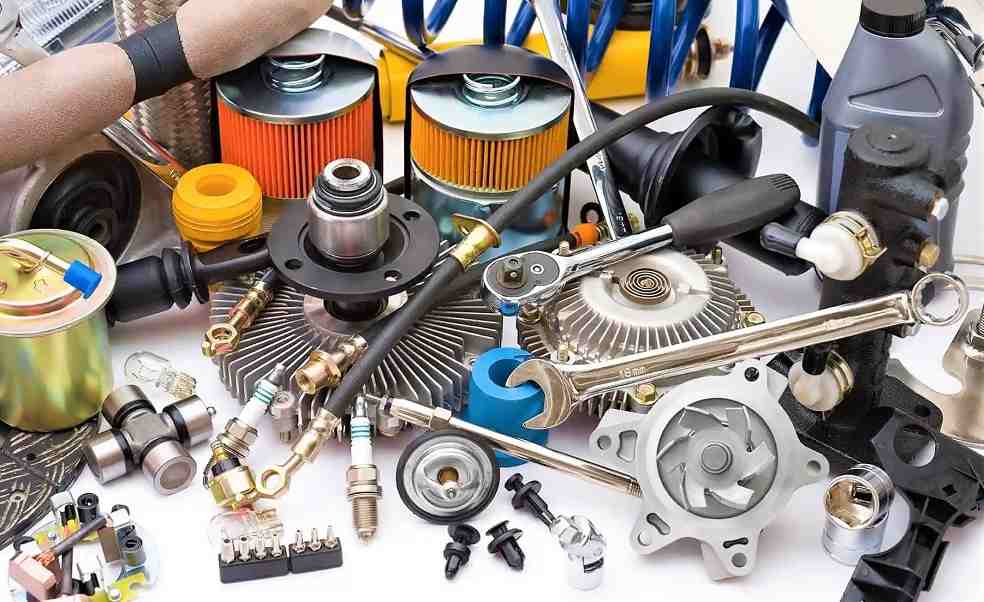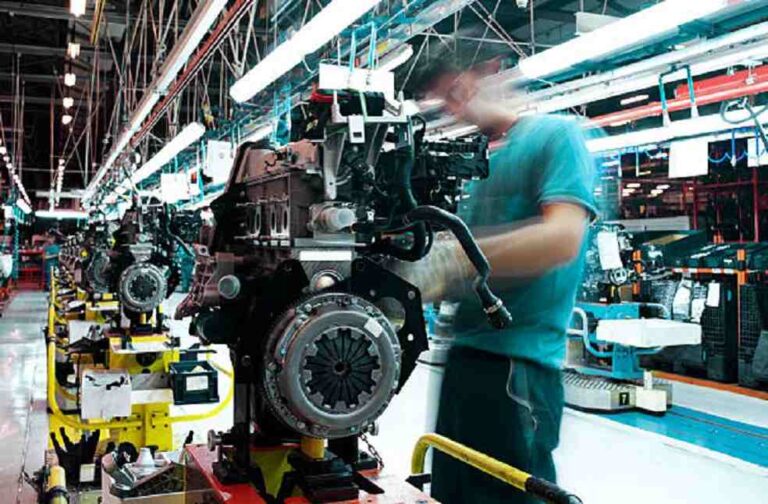Pakistan’s auto parts industry, despite its notable presence in prestigious auto shows and global exhibitions, faces a concerning trend in export growth. This sector’s performance over the past seven years reveals a troubling picture. Data from the Pakistan Bureau of Statistics (PBS) indicates a turbulent swing in exports. from $16 million in FY18 to a peak of $27 million in FY22, followed by a decline to $22 million in FY23, and a further slip to $7.1 million in the initial months of FY24.
Auto parts export dynamics are not solely reliant on domestic production capabilities. They are intrinsically tied to the global market’s demand and supply, exchange rate fluctuations, and national economic conditions. local vendors have remained complacent, focusing primarily on supplying parts for local manufacturers rather than diversifying into the global export market. Auto parts manufacturer and exporter Mashood Ali Khan highlights this move as a critical lapse. This approach, seemingly safe, now limits their growth, especially during times of economic shifts and manufacturing uncertainties.

Exports are not just trade metrics but are integral to economies, fostering growth and opening new markets. It is crucial for governments, including Pakistan, to engage actively in promoting international trade. With around 44% of its auto parts being viable for global markets, Pakistan is positioned to make a significant impact in the international auto industry, especially with the global aftermarket standing at a staggering $480 billion.
To tap into this potential, a joint effort from the government and industry stakeholders is essential. A comprehensive five-year roadmap, focusing on export mandates for assemblers and prioritizing technological collaboration for localization, is critical. Entities like the Trade Development Authority of Pakistan (TDAP) and the Engineering Development Board (EDB) play a significant role in facilitating joint ventures, organizing webinars, and enhancing export processes, including the creation of an efficient export portal.

Developing local raw material manufacturing is a key strategy. Investments in public-private partnerships for establishing testing facilities, development labs, and design houses could significantly boost the industry’s export potential. The Small and Medium Enterprises Development Authority (Smeda) must offer training to enhance productivity, capacity building, and management modernization. Supply Chain Management Software and export coaching programs could be transformative for SMEs in this sector.
The current stagnation in auto parts exports is not just a challenge but also an opportunity. With appropriate policies, supportive government actions, and an industry-wide shift towards strategic international market engagement, Pakistan’s auto industry can not only revive its export trajectory but also claim a strong position in the global arena. This requires a shift from a narrow domestic focus to a broader, strategic international approach.
LATEST | Hella Secures Full Control of Hella Pagid, Expands Auto Aftermarket Reach





